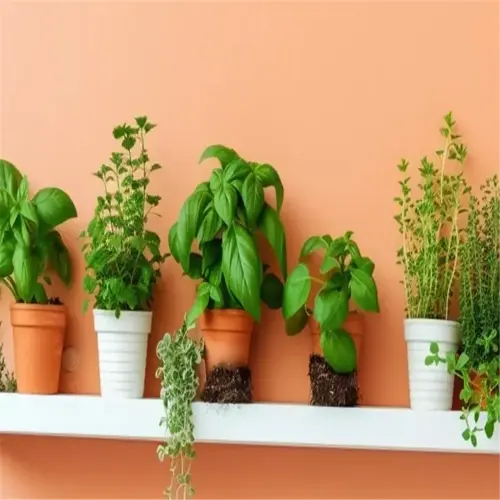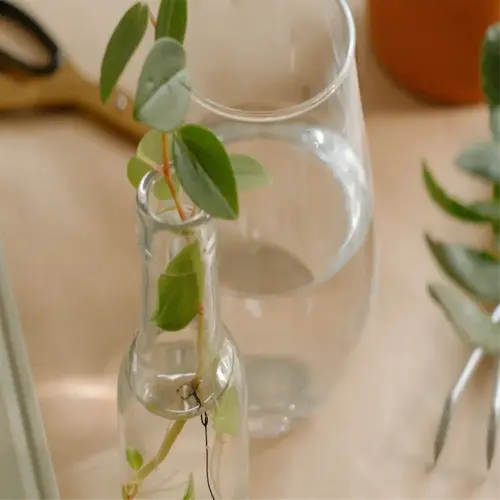What is the toughest ground cover for challenging shade?

Written by
Benjamin Miller
Reviewed by
Prof. Martin Thorne, Ph.D.Ground cover shade plants, such as Ajuga reptans and Vancouveria chrysantha, thrive in difficult conditions when many other plants may struggle to adapt effectively. At a client's site, even with compacted, root-filled soil beneath some pines, Ajuga grew unabashedly, and root systems persisted with minimal soil moisture as well as plenty of foot traffic from dogs and kids. Vancouveria had ferns in the saturated area where it has a hard time getting moss to grow.
Adaptations for Tough Conditions
- Ajuga reptans: Survives pH 4.5-7.5 and heavy clay
- Vancouveria chrysantha: Tolerates root competition from evergreens
- Both withstand 2-week droughts once established
Care for Resilience
- Prune Ajuga runners in spring to direct growth
- Mulch Vancouveria with pine needles to mimic forest floors
- Avoid overwatering, both prefer slightly dry soil
Performing soil preparation increases hardiness. For my work on a parking strip project, I amended the clay with gravel and an Ajuga now tolerates vehicle doors and salt spray. Under my Vancouveria, I mixed compost into the planting holes that were amended into the soil and the survival rate went from 50% to 95% in the first year.
Design for longevity. Firmly edge pathways with dense mats of Ajuga, a ground cover, to control soil erosion. For a stairway in the shade, I alternated Vancouveria with stone steps; its looks can be delicate, but it has iron-clad durability. The two plants in concert will prevent maintenance and will hold slopes up to 30°.
Ecological grit is important. Ajuga serves as a home for more ground beetles, which prey on slugs, as well as flowers for early flowering bees. Unlike invasive ivy, these native plants would help build ecosystems. Now, there are 8 pollinator species on the slope in question with a client's problem area. The space shows resilience and ecology can coexist!
Read the full article: 10 Best Ground Cover Shade Plants

